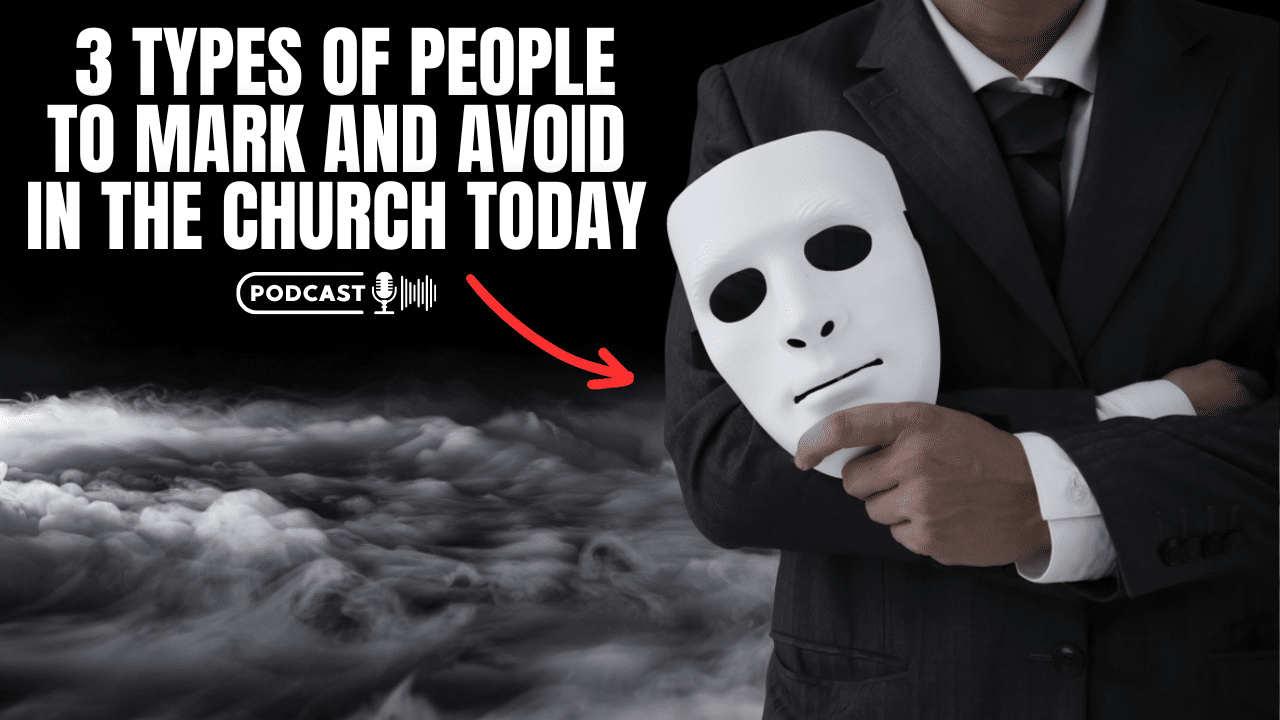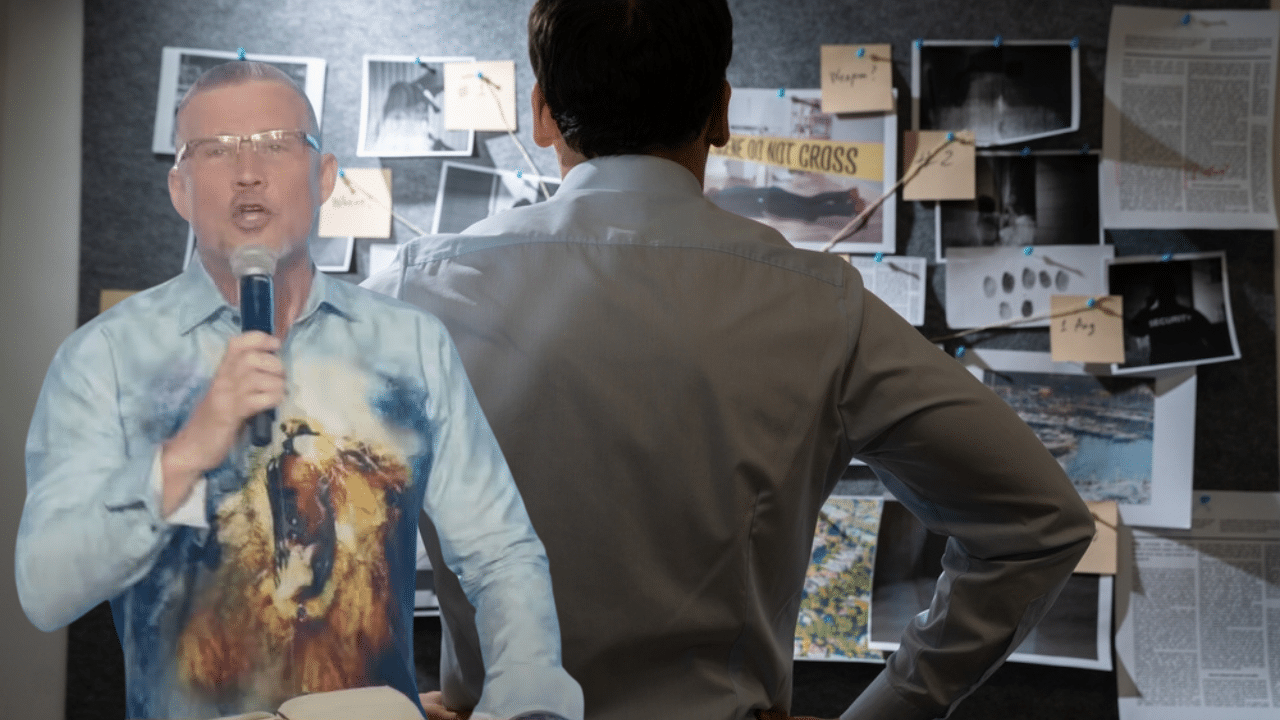Disease detectives in Chicago say they have seen a worrisome trend: Patients complaining of unusual symptoms like vision and eye problems, headaches, and hearing loss or dizziness caused by the sexually transmitted infection syphilis.
Doctors have long known that syphilis can permanently damage a person’s vision and hearing and can even lead to psychiatric changes. Still, these symptoms are usually associated with infections that have gone undiagnosed and untreated for years.
In a new study presented on Wednesday at the 2024 Epidemic Intelligence Service Conference in Atlanta, researchers say there were more than two dozen cases with these kinds of symptoms in Chicago last year, and nearly a third of the cases were in the early stages of their infections.
More than two-thirds of these patients (68%) lacked typical syphilis symptoms, like a rash or chancre sore, that might tip doctors off to the infection.
“Providers definitely need to be screening more and be aware that this is what we’re seeing,” said lead study author Dr. Amy Nham, a first year EIS officer, or “disease detective,” assigned to the Chicago Department of Public Health.
Syphilis cases are surging across the US. In 2022, there were more than 207,000 syphilis cases reported, the highest number since the 1950s, according to the US Centers for Disease Control and Prevention.
Men who have sex with men have traditionally had the highest burden of syphilis in the US, and that’s still true. Still, in recent years, the demographics of the infection have been shifting, and infections have more than doubled in heterosexual men and women since 2019. Congenital syphilis, where the infection is passed from a pregnant woman to her baby, is also on the rise.
Nham said she was asked by her supervisors at the Chicago Department of Public Health to look into cases with unusual symptoms — called NOO syphilis, for neurosyphilis, ocular syphilis, and otic syphilis — after hearing that providers across the city were seeing more of them.
She searched a citywide repository of medical records to look for cases of patients who had signs or symptoms consistent with NOO syphilis and 28 people met her case definition. Most (75%) were men and Black (71%).
The patients ranged in age from 23 to 82 years. Six were gay men, but about half said they were heterosexual. One in three was HIV positive, which was a lower percentage than Nham said she expected, given that people living with HIV generally have more severe symptoms of syphilis. In the latest CDC data, more than one-third of gay men with primary and secondary syphilis also had HIV.


















